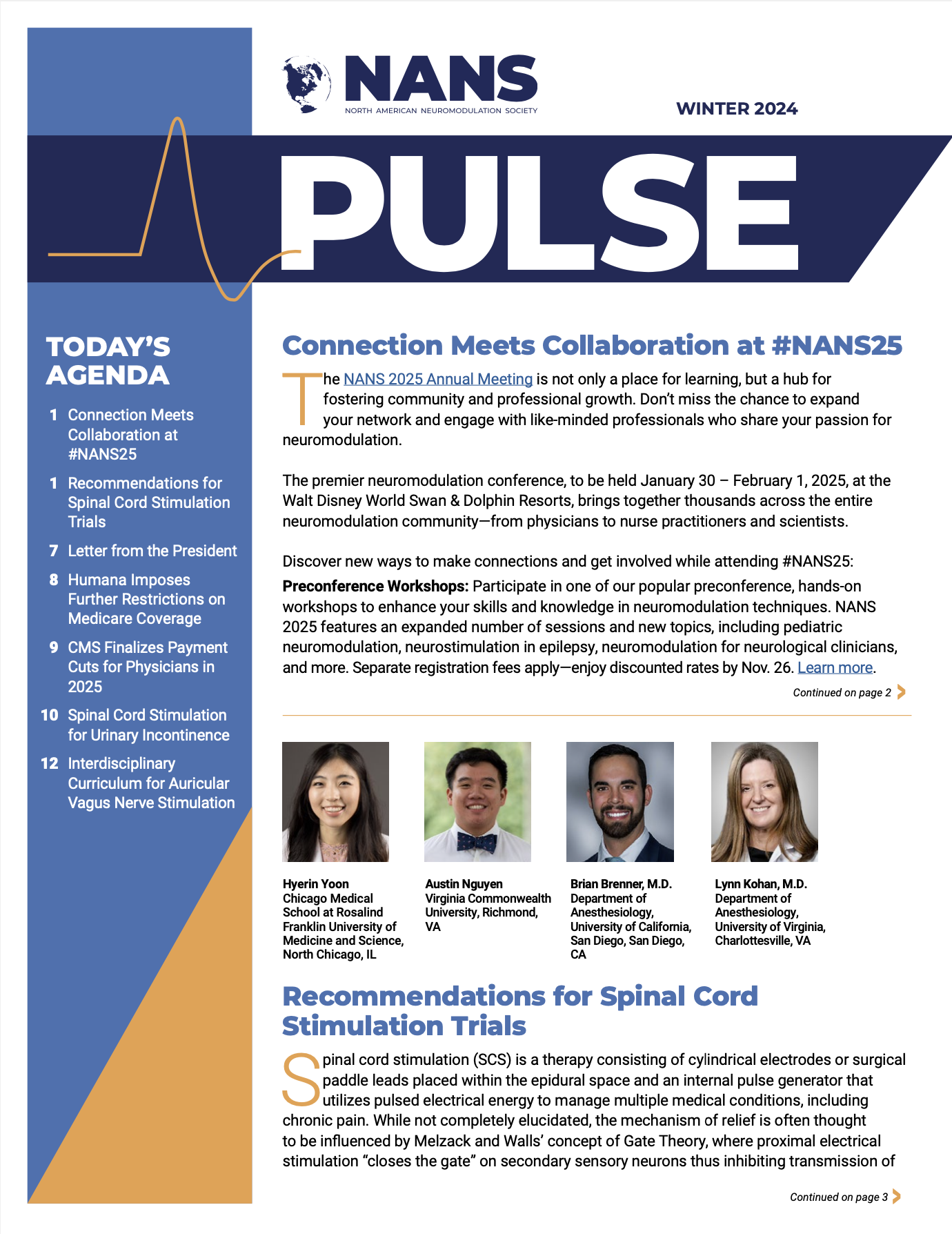Advancing education for auricular vagus nerve stimulation...
person-centered care | increasing access to neuromodulation | the vagal healthcare paradigm | expanding neuromodulation in the continuum of care
Preparing for the Future of aVNS/taVNS in Healthcare
A New Healthcare Paradigm: The President of the World Institute of Pain (WIP) on Vagus Nerve Stimulation and Pain
As presented on Pain Talks, Dr. Peter Staats, discusses vagal nerve stimulation in terms of neuroanatomy, mechanisms of action, approaches, and clinical data.
Auricular Neuromodulation Eases Preparation for EMDR and Other Mental Health Interventions
Ensuring a sense of security for the effective and safe administration of mental health interventions (such as EMDR) can be a challenge in patients coping with the dysregulation of trauma. Auricular neuromodulation offers easy and rapid means to bypass defense mechanisms.
Auricular Trauma Protocol for Physicians
The Helms Medical Institute (HMI) offers courses in auricular stimulation for emotional trauma. See the external links to HMI for medical papers on...
National Acupuncture Detox Association (NADA) AcuDetox Protocol for Nursing
Addiction, and the associated pain-sleep-anxiety spiral, are being treated with auricular stimulation.
Comprehensive training by the Canadian Institute of Auricular Medicine (CIAM)
Endorsed by the German Academy for Acupuncture and recognized as a Professional Development Provider (PDA) by NCCAOM, MTWPAM, CPA (Deutsche Akademie für Akupunktur/DAA )
The Harvard Asia Center Presents Social Historical Context on Auricular Stimulation
Within the context of systemic racism and substance use disorders, Eana Meng, a historian of medicine and physician-in-training, traces the lesser known histories of the use of auricular stimulation by American activists (including those in the Black revolutionary movement).

